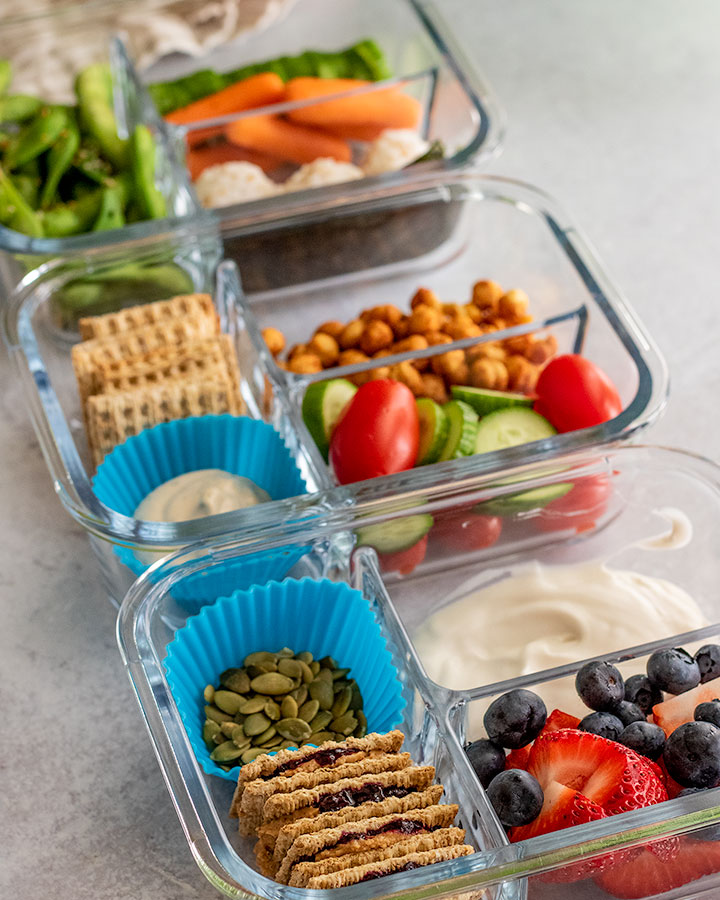Over the last five years, the food industry has witnessed a remarkable transformation towards healthier choices, particularly in the tricky domain of snacking where it is easy to choose options that are highly processed, salty, sugary, and not good for the planet.
Gone are the days when plant-based options were limited in taste. Plant-based snacks have evolved to be healthy without losing their scrumptious taste that satisfies cravings for so many people. Combining nutrition and pleasure is changing the way we look at snacks and the habit of snacking, and here’s how that’s happening:
The Health Awakening
The journey began with a global shift towards health consciousness. Consumers are now more aware than ever of the impacts of diet on health. After all, what you eat is what you are.
They have started going for snacks that could offer more than just a momentary thrill. Plant-based diets, once niche, have now gained complete mainstream acceptance thanks to their association with benefits like improved heart health, lower cholesterol levels and environmental sustainability. However, the initial offerings were often criticised for their taste and texture, lacking the “fun” factor in snacking.
So what’s changed?
Innovation in Ingredients
Food manufacturers responded by innovating with ingredients to create snacks that are both nutritious and delicious. Ingredients like nuts, seeds, legumes, and a variety of plant-based proteins have become the building blocks of modern plant-based snacks.
For instance, companies have introduced snacks like lentil chips, seed crackers and even plant-based jerky, which provide a substantial nutrient profile without sacrificing flavour or the sensory experience of snacking.
The Indulgence Factor
What truly marks the evolution from health to indulgence is the integration of gourmet flavours and textures into plant-based snacks. The industry has recognized that indulgence is not just about taste; it’s about the entire experience. Snacks now feature complex flavour profiles, from sweet to savory, with options like vegan chocolate that rivals its dairy counterparts in richness and creaminess.
The use of plant-based milks, like almond or oat, in snacks has also played a significant role in this shift, allowing for creamy textures without animal products.
Balancing Act
The balance between health and indulgence is delicate, however, it has been masterfully achieved by many brands. They’ve managed this by reducing sugar, salt and fat content while enhancing flavour through natural plant-based ingredients. This approach not only caters to health-conscious consumers, but also to those looking for a guilt-free indulgence.
Trends like “mindful indulgence” have emerged, where consumers enjoy treats that are “better-for-you” without being “best for you,” striking a perfect balance in snack choices.

Consumer Trends and Market Dynamics
The consumer base for plant-based snacks has broadened significantly. Data indicates that a substantial portion of consumers are interested in reducing animal product consumption, driving demand for plant-based options in all food categories, including snacks.
This shift covers a lot more than just health since it is also about ethical consumption and sustainability. Snacks that offer environmental benefits alongside health perks are particularly appealing, thereby positioning plant-based options as premium choices in the market.
The Role of Marketing
Marketing has played a crucial role in this evolution. Brands are now focusing on storytelling, emphasizing the journey from farm to snack, and highlighting the ethical, environmental and health benefits of choosing plant-based. This narrative educates consumers and aligns with their values, making plant-based snacks a great choice for a broader audience .
Looking Forward
As we look to the future, the trajectory for plant-based snacks seems set for further innovation. With technology and culinary creativity at their peak, we can expect even more sophisticated products that continue to blur the lines between health and indulgence. The industry is likely to explore new plant-based ingredients such as lesser-known fruits, vegetables or grain to keep the snack offerings fresh and exciting.



